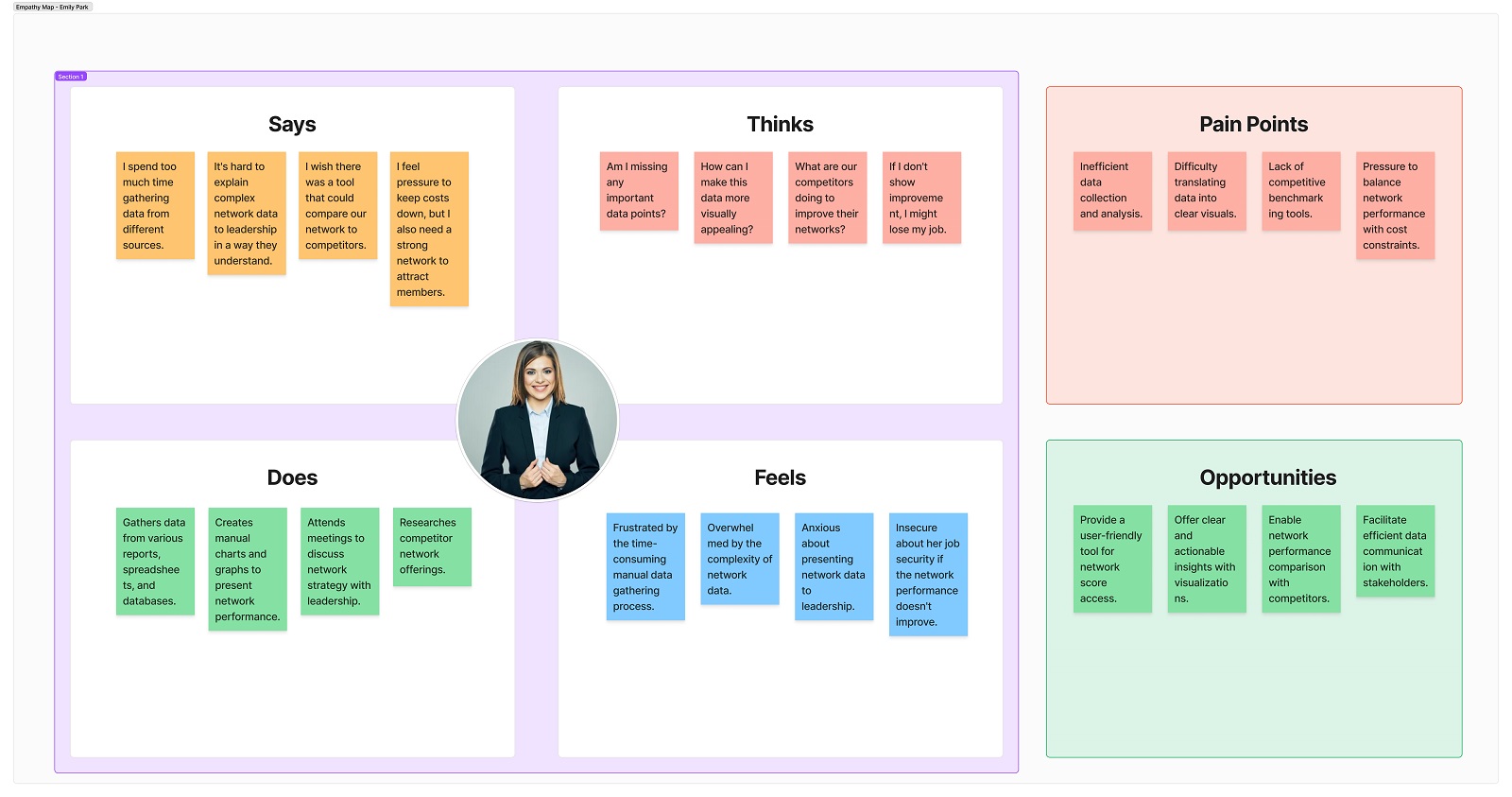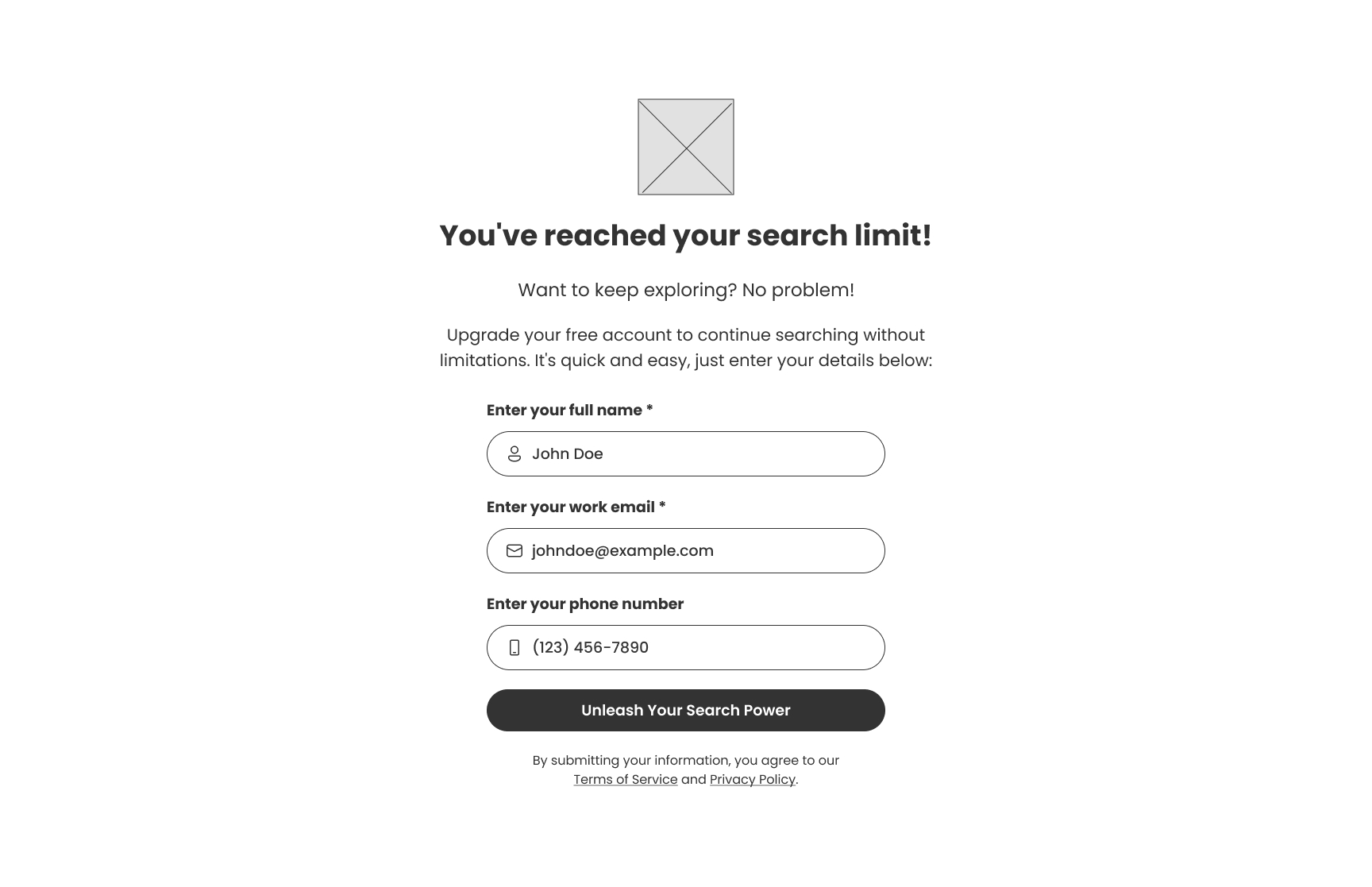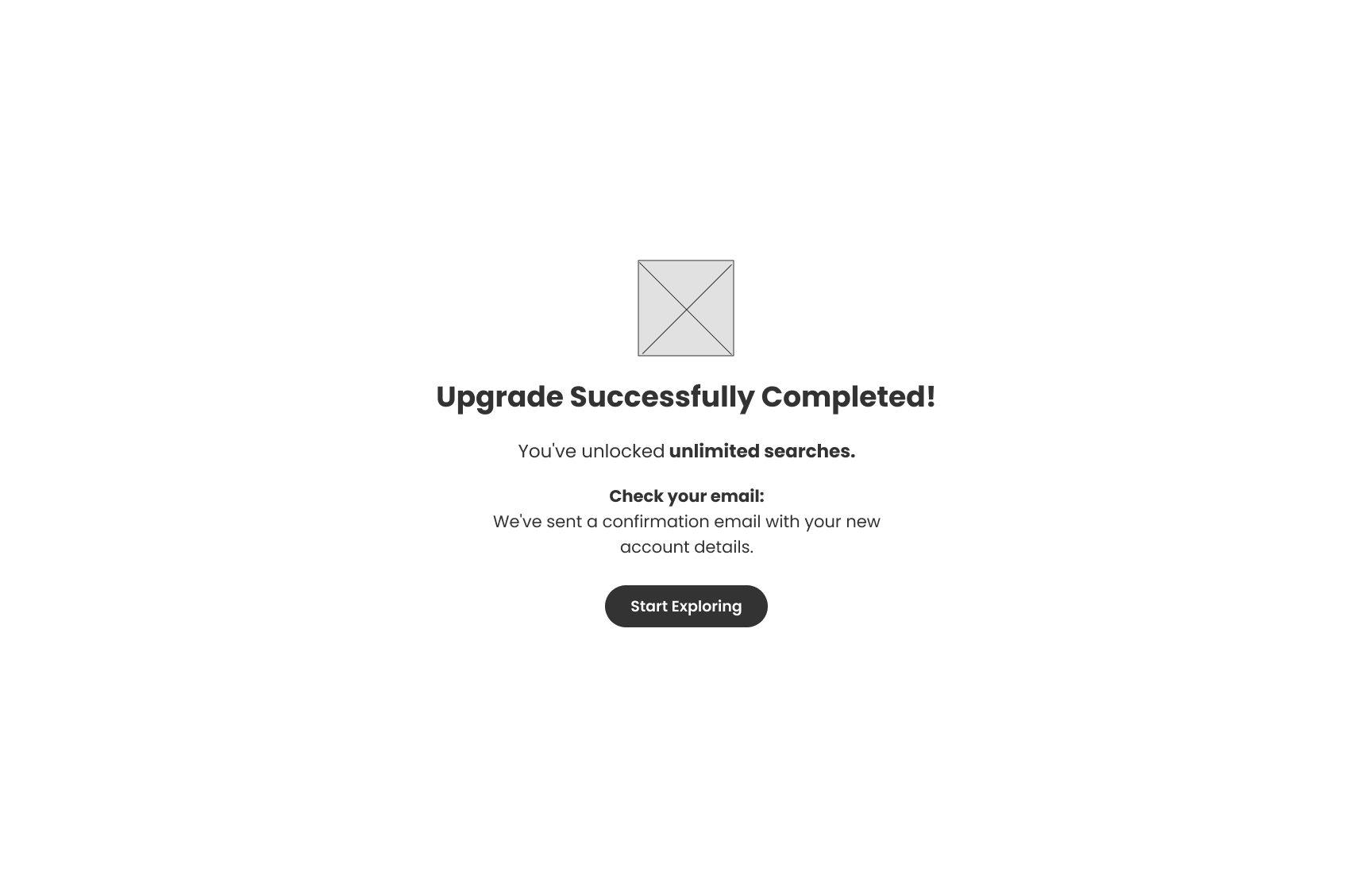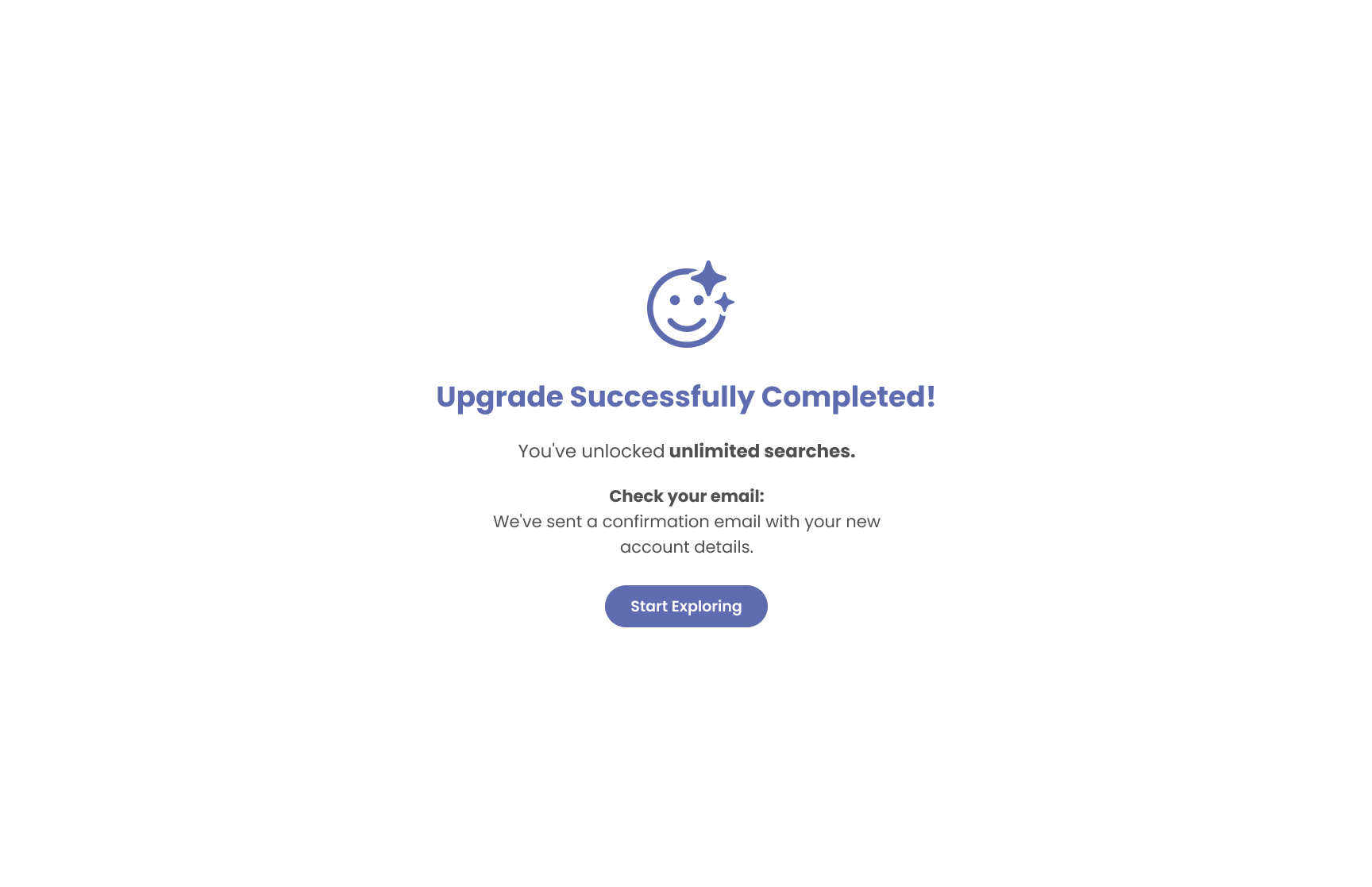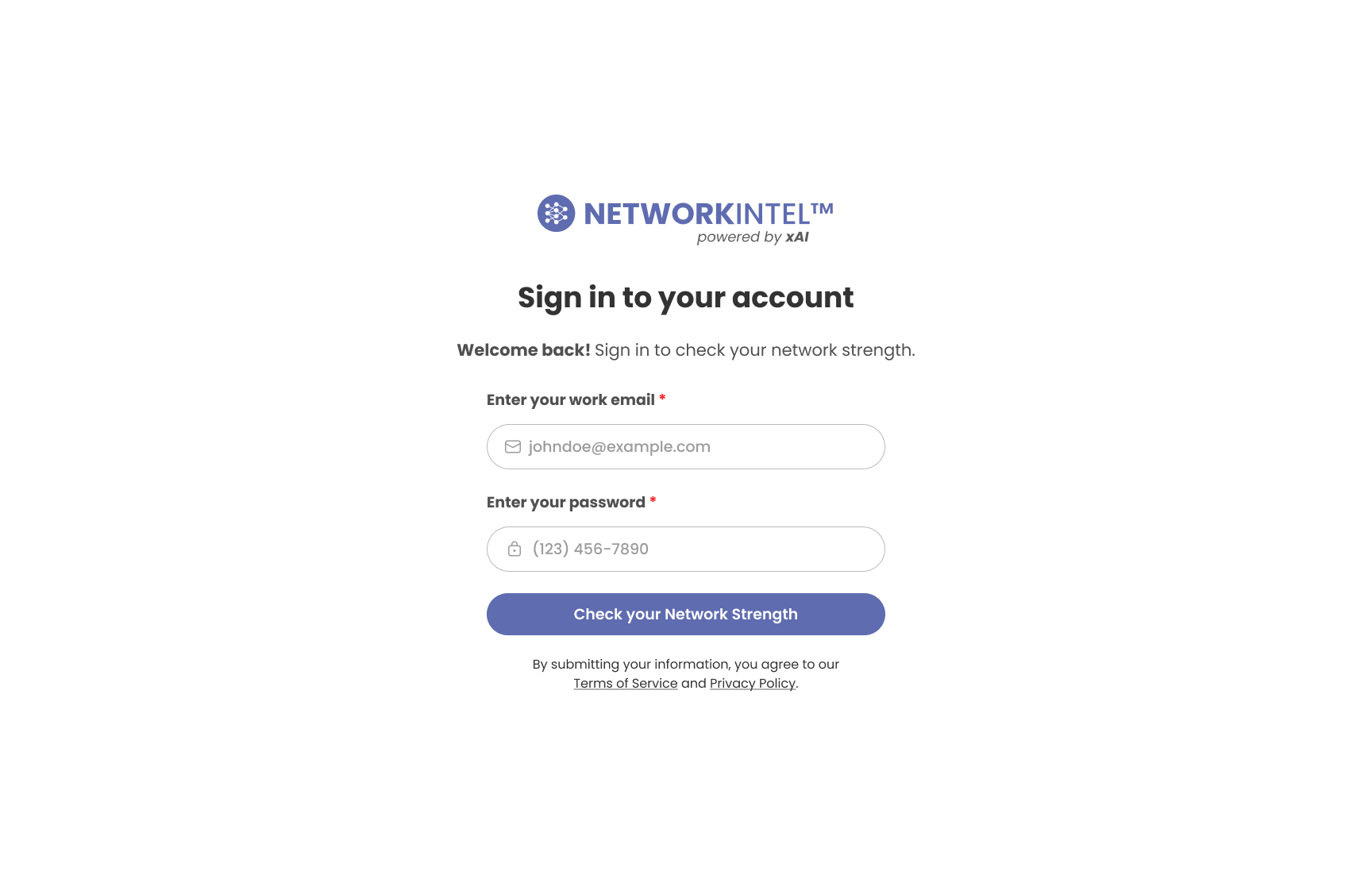Unlocking Network Strength: A Lead Generation Tool for NetworkIntel
Empowering payers, driving engagement.
June 2023 - August 2023
Table of Contents
My Role
My multifaceted role as a lead UX designer and full stack developer was instrumental in driving the success of the NetworkIntel™ project. By seamlessly integrating user-centric design principles with robust backend development, I created a powerful web application that not only showcased provider network scores but also served as a potent lead generation tool for HealthWorksAI.
1. UX Responsibilities:
Designed the entire landing page: This included creating a visually appealing layout with a banner image, a user-friendly live search bar with combo box functionality, a clear form for Bid-ID input and score calculation, and an informative result section displaying network score, average score comparison, and enrollment details.
Implemented a seamless user experience: I leveraged AJAX technology to enable live search results and dynamic score display without page reloads, enhancing responsiveness and user satisfaction.
Prioritized user-centered principles: Focused on creating an intuitive and efficient experience for users interacting with the app.
2. Full Stack Responsibilities:
Utilized a combination of technologies: Implemented the app using PHP, HTML, CSS, and MySQL, along with other relevant tools.
Technical considerations: Incorporated the search limit and designed the "Limit Reached" page, ensuring functionalities for lead capture and user experience.
Project Summary: Revamp HealthWorksAI Product Page
1. Objective
Empower payers in the Medicare Advantage market to assess the strength of their provider networks, ultimately improving their ability to attract and retain members.
2. Goals
- Develop a user-friendly tool that provides a single, easy-to-understand score reflecting the overall quality of a plan's provider network.
- Offer insights into pre-AEP, post-AEP, and total enrollment data to understand network dynamics.
- Serve as a free entry point to the comprehensive NetworkIntel platform, showcasing its capabilities.
3. Scope
- Design and development of the "Provider Network Score" application landing page.
- Implementation of a live search bar for efficient plan identification through Bid-ID search.
- Integration with backend services to calculate and display network scores.
- Design of the result section presenting key data points like network score, average score comparison, and enrollment details.
- Implementation of AJAX technology for dynamic content updates and a seamless user experience.
- Incorporation of a strategic search limit and a "Limit Reached" page to capture leads.
4. Success Criteria:
- Increased lead generation for the NetworkIntel platform through the "Provider Network Score" landing page.
- Improved user engagement with the NetworkIntel platform due to the valuable insights offered by the "Provider Network Score" tool.
- Positive user feedback regarding the clarity, ease of use, and overall effectiveness of the "Provider Network Score" application.
The Challenge
The "Provider Network Score" application faced several key challenges during development:
1. Balancing User Needs with Business Goals
Designing a free tool that offered valuable insights to payers (user need) while also encouraging them to explore the full NetworkIntel platform (business goal).
2. Simplifying Complex Data
Presenting a single, easy-to-understand network score required effectively summarizing a wealth of complex data points behind the scenes.
3. Encouraging User Exploration
Finding the right balance between providing immediate value and prompting users to delve deeper into the NetworkIntel platform beyond the free tool.
4. Lead Capture within Ethical Boundaries
Capturing valuable lead information (work emails) through the "Limit Reached" page while ensuring a user-friendly experience and avoiding overly aggressive tactics.
These challenges demanded creative solutions that prioritized user experience while meeting business objectives. The success of the "Provider Network Score" application lies in its ability to overcome these hurdles and deliver a valuable tool that benefits both payers and the NetworkIntel platform.
Solution
The "Provider Network Score" application addressed the key challenges through innovative design and technical solutions:
1. Balancing User Needs and Business Goals
- Free and Valuable Tool: The application offered a free and user-friendly experience, focusing on empowering payers with network insights.
- Compelling Call to Action: A clear and concise call to action ("Book a demo now") encouraged users to explore the full NetworkIntel platform for deeper analysis and improvement strategies.
2. Simplifying Complex Data:
- Single Score Visualization: A clear and informative speedometer gauge represented the network score, providing immediate comprehension.
- Drill-Down Capability: While offering a simple overview, the application allowed users to access detailed breakdowns of the underlying data if desired.
3. Encouraging User Exploration:
- Seamless User Experience: The intuitive interface and AJAX technology minimized wait times and encouraged further exploration.
- Limited Free Searches: A strategic search limit subtly prompted users to delve deeper into the NetworkIntel platform.
4. Lead Capture within Ethical Boundaries:
- User-Friendly Form: The "Limit Reached" page offered a clear and concise form for lead capture, avoiding intrusive tactics.
- Work Email Validation: The application validated email addresses, prioritizing valuable business contacts (work emails) without forcing generic email usage.
- Pre-Generated Passwords: Streamlining the process, the application automatically generated passwords for new accounts, allowing for immediate access upon sign-up.
These solutions effectively balanced user experience with business goals, resulting in a valuable tool that empowers payers while driving interest in the full NetworkIntel platform.
Project Deep Dive
The "Provider Network Score" application, a unique offering from HealthWorksAI, prioritized user-centered design principles from the outset. This section delves into the research conducted to ensure the application effectively addressed user needs and achieved its goals.
1. Research
a. Competitive Audit
Given the groundbreaking nature of the "Provider Network Score" application, a traditional competitive audit wasn't applicable. However, we conducted extensive research to understand the broader landscape of provider network assessment within the Medicare Advantage market.
This research focused on:
- Identifying Existing Practices: We explored how payers currently assess provider network strength, including any manual processes or rudimentary tools they might utilize.
- Understanding Pain Points: By analyzing existing practices, we gained insights into the challenges and limitations faced by payers in evaluating their networks.
- Unveiling Opportunities: This research helped identify the gaps in the market and the potential for a user-friendly, data-driven solution like "Provider Network Score" to address these unmet needs.
b. User Research
User feedback played a crucial role in shaping the user experience and functionalities of the application. This was achieved through:
- User Interviews: We conducted interviews with payers in the Medicare Advantage market to understand their specific challenges in assessing provider networks. We focused on their pain points, desired information, and expectations from a tool like "Provider Network Score".
- Usability Testing: Through user testing with prototypes, we observed user interaction and identified any usability issues. This feedback helped refine the design for optimal user experience.
The insights gained from user research helped to:
- Simplify the User Interface: Ensure the application was clear, intuitive, and easy to navigate for users with varying technical expertise.
- Focus on Key Data Points: Prioritize displaying the data that mattered most to payers in evaluating network strength, based on user feedback.
- Refine the Call to Action: Create a compelling message encouraging exploration of the full NetworkIntel platform for deeper insights and improvement strategies.
2. Plan
b. User Flow
The user flow for the "Provider Network Score" application is designed for simplicity and efficiency. Users enter a plan's Bid-ID to initiate a search. A clear and visually appealing network score is displayed, along with additional details like enrollment data for benchmarking. Users can explore score details or request a demo of the NetworkIntel platform for deeper analysis. A strategic search limit, if implemented, encourages users to explore the full platform's capabilities while still offering the option to continue searching within the free tool.
3. Design
c. Information Architecture
The information architecture (IA) for the "Provider Network Score" application is designed for simplicity. Users find a prominent search bar on the homepage to initiate their journey. Search results prioritize a clear network score visualization with limited options for further exploration of details, reports, or the full NetworkIntel platform. This streamlined structure ensures a focused and efficient user experience.
Reflections
The initial launch of the Provider Network Score application offers valuable insights into the user experience (UX) and its effectiveness in achieving user goals. Here are some key takeaways and areas for reflection from a UX perspective:
Positive UX Findings:
- Clear Value Proposition: The application's focus on a single, well-defined user goal (accessing network scores) appears to resonate with users, as evidenced by consistent daily visits and search volume.
- Search Efficiency: The user flow prioritizes a prominent search bar, suggesting that users can easily find the information they seek.
- Data Presentation: The clear display of the network score and limited data points may offer a streamlined and easily digestible experience for users seeking a quick overview.
Areas for UX Improvement:
- Limited Features: While the core functionality works well, the lack of advanced features like score breakdowns, trend analysis, and competitor comparisons may limit user engagement and understanding. Implementing an "Analyze" section with these features could significantly enhance the UX by providing deeper insights.
- Future Scalability: The UX should be designed to accommodate future features and functionalities without drastically altering the core user journey. Focusing on a modular user interface and a well-defined information architecture will allow for seamless integration of new features as the application evolves.
Overall, the Provider Network Score application demonstrates a strong foundation for an effective UX. However, incorporating user feedback and data-driven insights will be crucial for further optimizing the user experience and maximizing user satisfaction. By addressing the areas for improvement and focusing on delivering deeper value and exploration opportunities, the application can continue to play a key role in promoting the NetworkIntel platform.
Project Next Steps
Enhancing User Experience (UX):
- Develop an "Analyze" Section: Implement features like score breakdowns by key metrics, trend analysis over time, and competitor comparisons. This will provide users with deeper insights and a more comprehensive understanding of their network performance.
- Conduct User Research: Conduct user interviews, surveys, or usability testing to gather feedback on user needs, pain points, and desired functionalities. This will inform the development of future features and optimize the user journey.
- Improve User Engagement: A/B test different call-to-action (CTA) placements and messaging to encourage report downloads and exploration of the full NetworkIntel platform. Consider in-app tutorials or guided tours to showcase app functionalities and benefits.
By implementing these next steps, the Provider Network Score application can evolve into a more powerful tool that not only delivers network scores but also fosters user engagement and drives user adoption of the full NetworkIntel platform. The focus on continuous improvement through user feedback, data analysis, and strategic marketing efforts will ensure the application's long-term success.
Lessons Learned
The launch of the Provider Network Score application provided valuable lessons that can be applied to future projects and inform the ongoing development of the NetworkIntel platform. Here are some key takeaways:
1. Importance of User Research:
Starting with a clear understanding of user needs and pain points is crucial. While the initial focus on a simple network score resonated with users, deeper insights from user research (e.g., interviews, surveys) can guide the development of future functionalities that cater to user goals and promote engagement.
2. Focus on Data & Analytics:
Implementing analytics tools from the outset provides valuable data on user behavior and app usage. This data can be used to identify areas for improvement, optimize the user experience, and measure the effectiveness of marketing efforts. Leveraging user data for personalization can further enhance the user experience by tailoring content and recommendations based on user searches and network scores.
3. Building for Scalability:
Designing a modular user interface and a well-defined information architecture allows for seamless integration of new features and functionalities. This ensures the application can adapt and grow as user needs evolve.
4. Value of User Testing & Iteration:
The initial launch provided a strong foundation, but ongoing user testing and iteration cycles are vital for continued improvement. A/B testing different user flows, call-to-actions, and content can help identify the most effective ways to guide users and achieve desired outcomes.
5. Content Marketing & Thought Leadership:
Developing informative content related to network scores and healthcare provider selection can establish the NetworkIntel platform as a thought leader in the industry. This content can attract potential users to the application and showcase the platform's value proposition.
6. Planning for Growth:
Targeted user acquisition strategies like digital marketing campaigns can effectively reach the intended audience. Highlighting the value proposition of the free app and its ability to provide valuable network score data will drive user acquisition and platform adoption.
By incorporating these lessons learned, future iterations of the Provider Network Score application and the NetworkIntel platform can be optimized for user needs, deliver a more engaging experience, and achieve greater success in the marketplace. The focus on continuous learning, data-driven decision-making, and user-centric innovation will be instrumental in the platform's ongoing growth and evolution.


